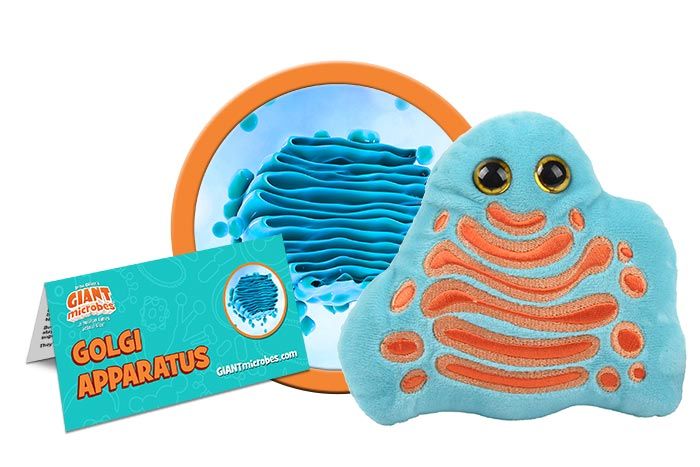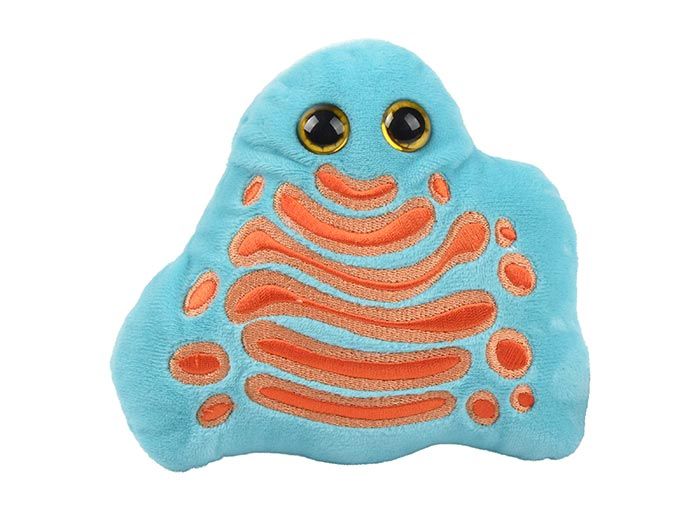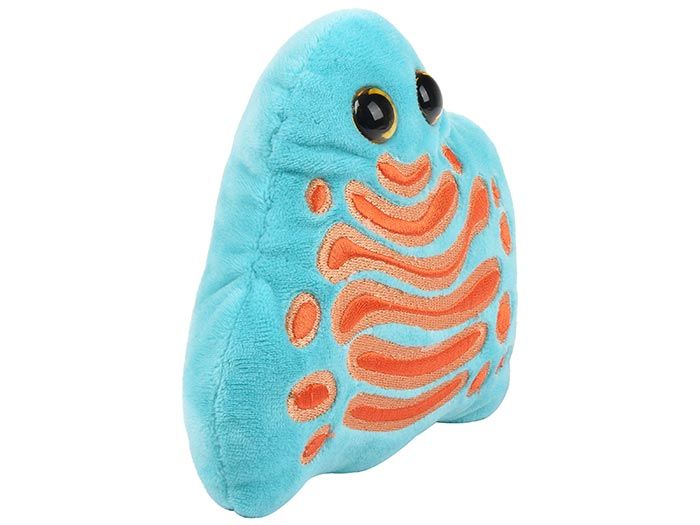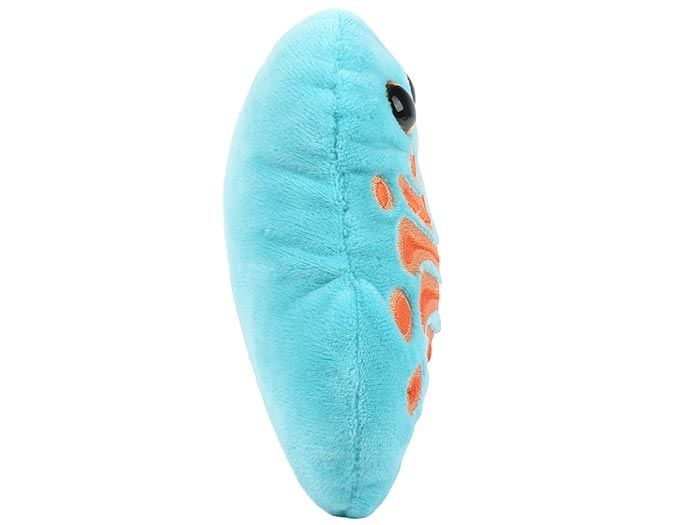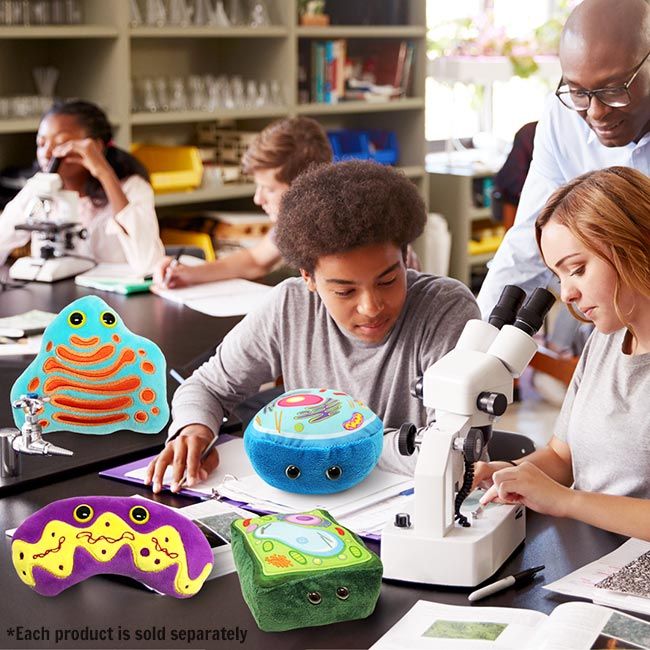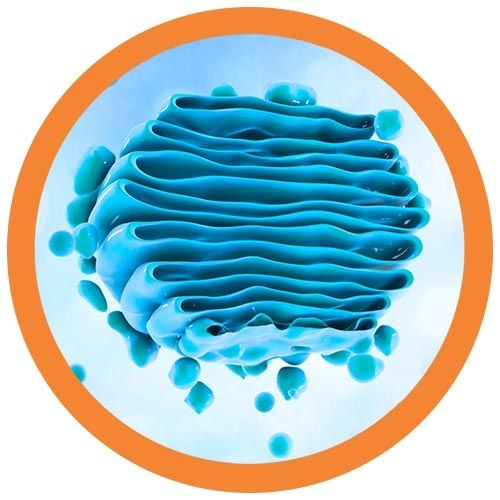Golgi Apparatus
Out of Stock
Learning biology is wonderful and exhilarating with your very own colorful plush representation of the Golgi apparatus! Inside cells, this amazing organelle consists of tiny sacs and folded membranes that make and transport proteins and other molecules.
GIANTmicrobes Golgi Apparatus will bring tremendous fun to your biological adventures! Hands-on and memorable way to learn all about cells and the wonders of the natural world. Engaging gift for family, friends, scientists, students, teachers and anyone with a healthy sense of humor.
Features detailed stitching, high quality materials, and includes an educational card with fun facts about cells.
Size: 10 x 10 x 5cm
Product Details
Additional Information
| Sizes | Giantmicrobes are based on actual microbes, cells, organisms and other critters, only 1,000,000 times actual size! Gigantic (GG) 40-60cm XL (XL) 25-38cm Original (PD) 12-20cm Keychain (KC) 5-10cm with clip |
|---|---|
| Materials | Plush from all new materials. Stuffed with polyester fiber fill. Surface washable: sponge with water & soap, air dry. |
| Packaging | Each plush microbe includes a printed card with fun, educational and fascinating facts about the actual microbe or cell. |
| Safety | Every product meets or exceeds U.S. and European standards for safety. For ages 3 and up. |
All about Golgi Apparatus
FACTS: The Golgi apparatus is an organelle present in all animal, plant and other eukaryotic cells. Also known as Golgi body, Golgi complex or dictyosome, it consists of tiny sacs (vesicles) and folded membranes within the cytoplasm, next to the endoplasmic reticulum (ER) and near the nucleus. The vesicles bud off from the edges of stacks of membranous sacs.
Animal cells have 10-20 Golgi apparati and plant cells may have up to 200. They are involved in secretion and intracellular transport. The Golgi apparatus manufactures and packages proteins, lipids and other macromolecules produced by the cell. It assembles simple molecules into complex ones in conjunction with the ER. Vesicles carrying protein molecules transition from the ER to the Golgi apparatus where they fuse with sugars and lipids. The ER and the Golgi apparatus also cooperate to make enzymes which are used to break down large molecules.
Golgi, oh, woe is me. Why is it named Golgi? In the late 1800s Camillo Golgi used a silver stain to discover its existence. However, it wasn't until the invention of the electron microscope decades later that the Golgi apparatus was proven to be a distinctive organelle found in all eukaryotic cells.


